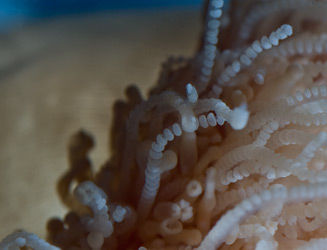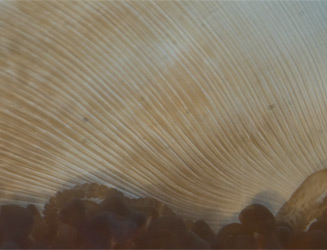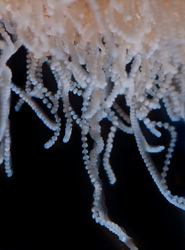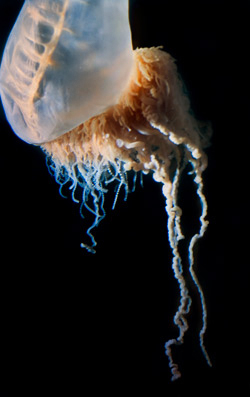

Kingdom: Animalia
Phylum: Cnidaria
Class: Hydrozoa
Order: Siponophora
Family: Physalildae
Genus: Physalia
Species: P. physalis
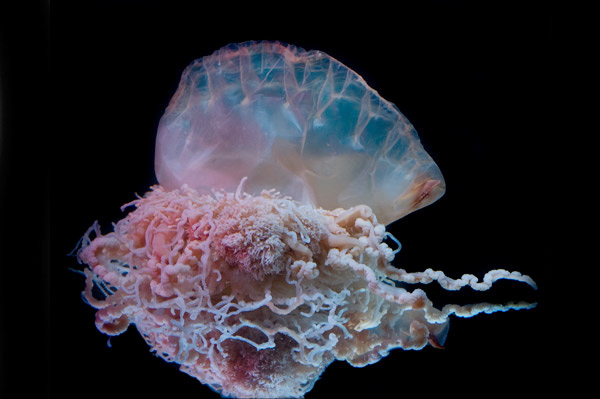
The Portuguese Man-of-War is found in subtropical regions in the northern Atlantic gulf stream , the pacific ocean and the Indian ocean. It is a relatively translucent polyp that is tinted either pink or blue. From the surface it looks like a closed plastic bag drifting in the water.
Contrary to popular belief, The Portuguese Man-of-War is not a jelly fish, but it is in fact a colony of four kinds of polyps (individual species). This colony can not swim, it drifts instead. The Portuguese Man-of-War lets the wind and current move it through the oceans. This is possible because it floats on top of the water, due to its pneumatophore (a gas filled bladder).
Pneumatophore
This polyp is the float or the bladder. It is filled with gas, mostly nitrogen. Its purpose is to keep the colony afloat and let wind catch it so it can travel. It is usually 9 to 30 centimeters long.
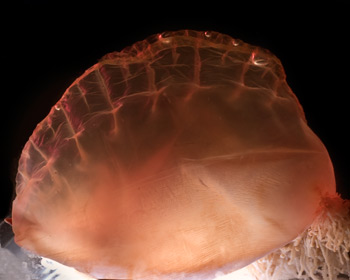
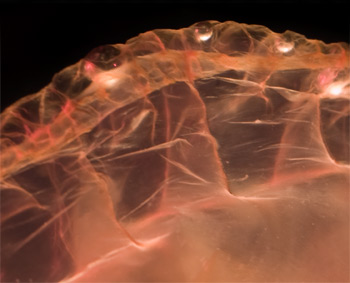
Dactylozooids
These polyps are the tentacles. Their purposes is to drag the prey into its mouth (gastrozooids). They can be .001 in diameter and 165 feet long. they will eat basically anything. But there are some small fish, Nomeus, that form a symbiotic relationship (mutually beneficial relationship with no negative effect) with the man-of war. The Nomeus live near and eat their tentacles, which renew on a daily basic. One of the man-of wars predators are the leatherback sea turtles.
Nematocysts
Theses are located on the tentacles. They are a very complex coiled and thread like intercellular structure; that Nematocysts are the structure that causes stings that paralyze the prey. They are part of the Dactylozoids
Gastrozooids
This polypus is the digestive part (feeding zooids) of the man-of-war. It can expand to more than 20 mm resting 1-2 mm long. The gastrozooids attach to their prey, immobilizing the it, then spreads over its prey and then digest it.
By: Hillary Guzik
The Portuguese Man-of-War
Gonozooids
This polypus function is reproduction. Each Gonozooids consist of male and female part, they can reproduce by a sexual budding or asexually. With sexually budding they achieve variation with in the species by producing gametes. With asexual reproduction they produce an exact copy of themselves.
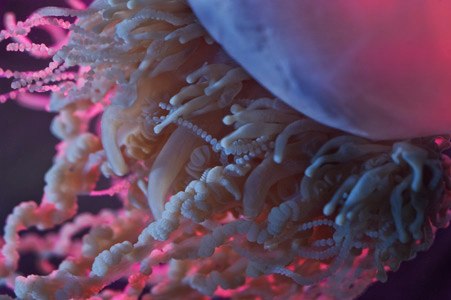
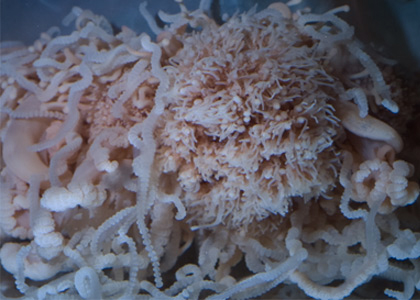
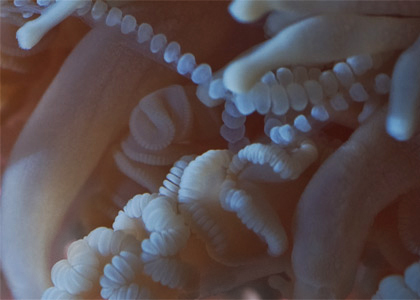
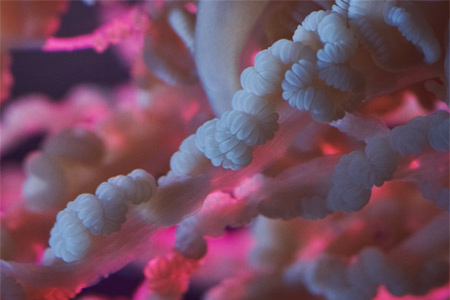
Purpose:
To effectively photograph a Portuguese man-of-war and reveal their polyps.
Problems:
I was unable to obtain a live specimen in New York State and so I used a preserved sample that was in formaldehyde. The color is incorrect due to the formaldehyde and my specimen were bleached. Also, since they were preserved, the bladders were not filled as they should have been. Most of the specimens sunk or only half floated.
Solutions:
For the color problem, I tried using colored gels, but that produced a result that looked really fake. I started out with tungsten lighting approaches but I switched to flash in order to obtain better images. For the floating problem, I had someone place the man-of-war at the top of the tank, then drop it so that the lighting would be more even and the specimen would not be on the bottom of the tank.
Equipment used:

Contact info :
Hillary Guzik:
Email address: HMG7574@gmail.com
Professor Michael Peres email address: mrppph@rit.edu
References:
http://www.austmus.gov.au/factsheets/bluebottle.htm
http://www.aloha.com/~lifeguards/portugue.html
http://animaldiversity.ummz.umich.edu/site/accounts/information/Physalia_physalis.html
Article hosted on Micscape Magazine (Microscopy-UK).
